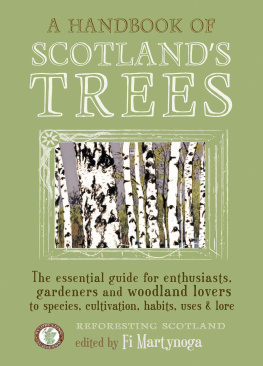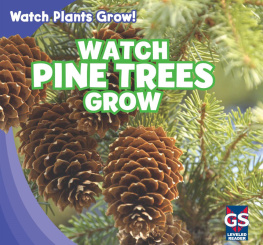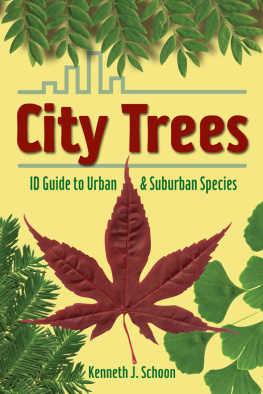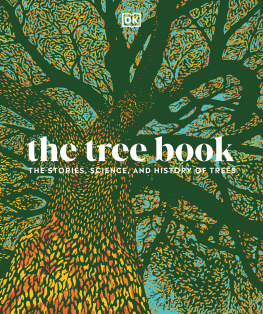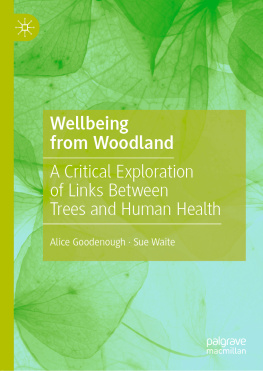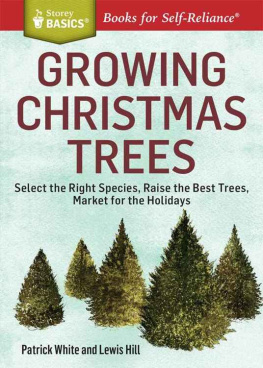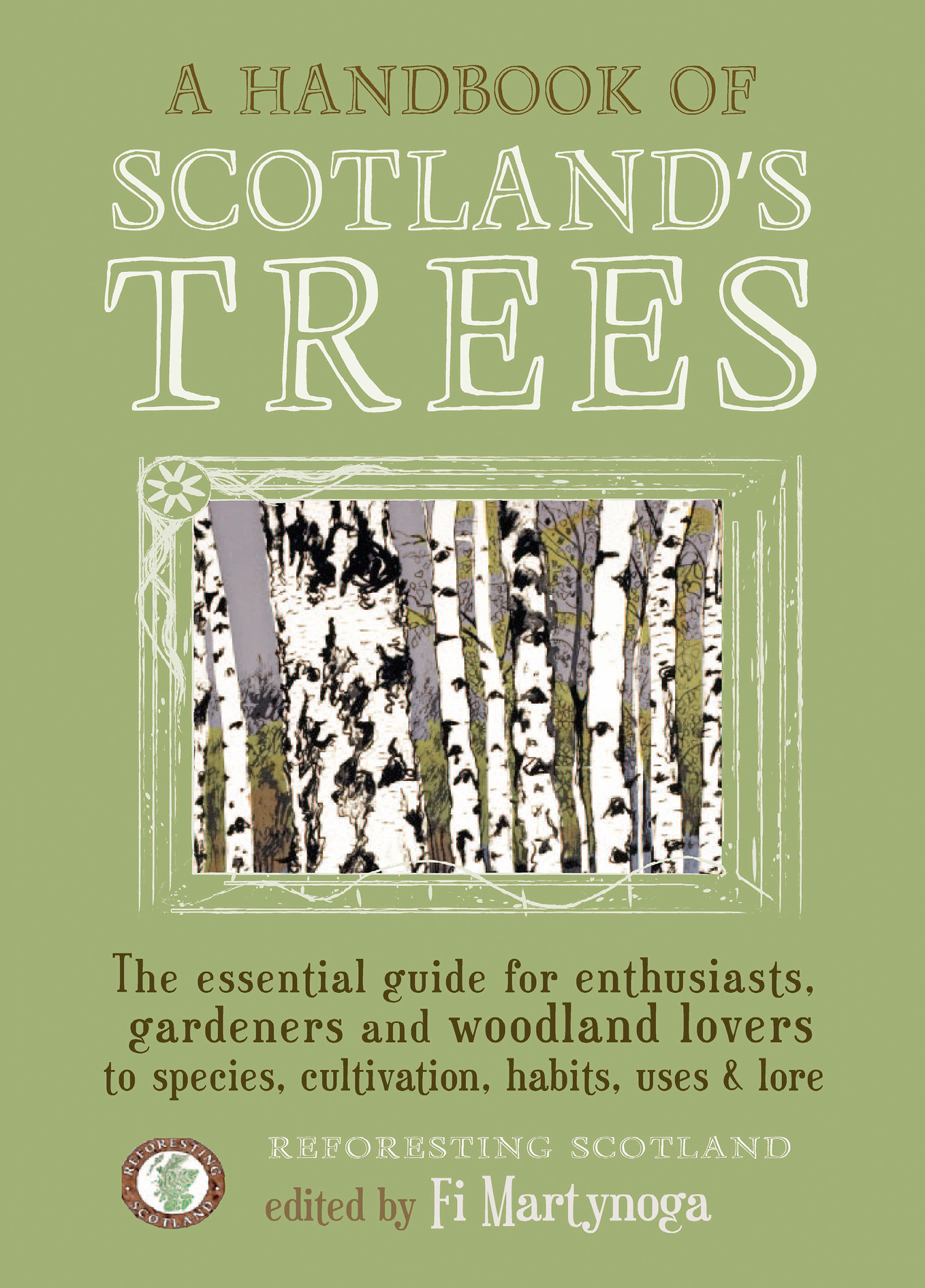
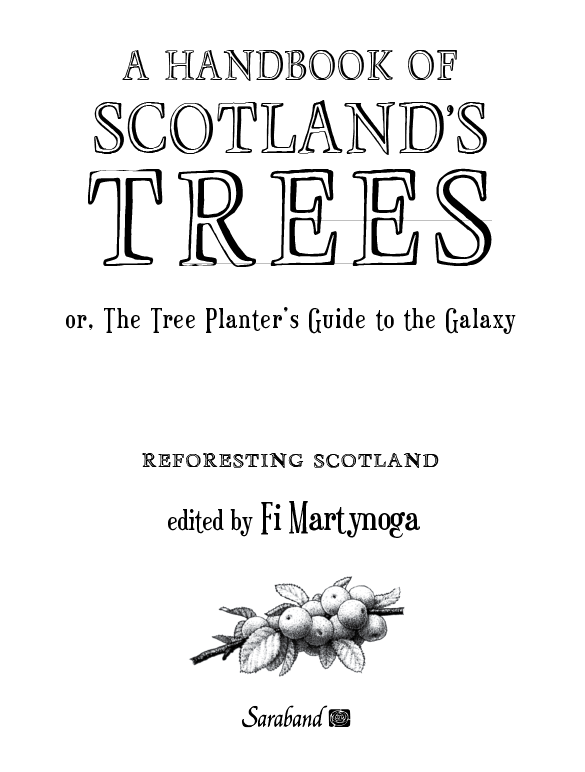
Table of contents
Published by Saraband
Suite 202. 98 Woodlands Road,
Glasgow, G3 6HB, Scotland
www.saraband.net
Copyright 2011 Reforesting Scotland
All rights reserved. No part of this publication may be reproduced, stored in a retrieval system, or transmitted, in any form or by any means, electronic, mechanical, photocopying, recording, or otherwise, without first obtaining the written permission of the copyright owner.
Project Editor: Sara Hunt
Design and Production: Deborah White and Chloe van Grieken
ISBN: 978-1-887354-91-2
We have adapted this ebook from its original print format for ease of use on mobile devices and e-readers. From the table of contents, navigate to chapter headings by tapping/clicking on the relevant heading in the list, and tap/click on the heading in the ebook to return to the table of contents. Where you see an asterisk next to a heading, tapping/clicking on it will take you to a secondary cross-reference somewhere else in the book.

This book is aimed as much at the beginner as it is at those already engaged in planting trees. Anyone who wants to know more about tree species, and would like a Scottish guide with some history and lore, should find it useful.
Beginners with only some garden trees to plant, or perhaps a small area of land, should gain lots of basic information and many useful tips in . Those who are ready for more ambitious planting should read on. The sections on collecting, storing and sowing seed are drawn from practical experience. The one on the legal framework for native seed collection offers a succinct reference guide to a complex subject, and those on planting larger areas and on no-fence planting have a wealth of useful information on how to get trees into different (and often difficult) planting sites.
Much of the material gathered here was first published as articles in the Reforesting Scotland Journal, (originally The Tree Planters Guide to the Galaxy) where they found an enthusiastic audience over a number of years. For a long time we have intended to revise and republish them, to capture the breadth of expertise and useful information they contain. Each piece was written by a different author, all (bar one) of whom have been contacted, though some who were retired when they wrote their pieces are now very old. They have all been generous enough to devote time to updating and improving what they originally set down. Their styles vary greatly. We are privileged to have absolutely state-of-the-science accounts from leading experts such as Professor Donald Pigott on lime trees and Dr A.L. Primavesi on wild roses, and much more earthy accounts from practical, hands-on tree planters, too many to name. They are united by their enthusiasm for their species. Such passionate interest makes any writing more vivid.
You will not find identical subsection headings for all the species in , the tree profiles section of the book, as each species dictates its own needs. Natives like oak, ash and hazel have their local lore, for instance; exotic species like lodgepole pine, Douglas fir and larch do not. The section on willow is twice as long as most because it includes detailed notes on how to establish your own willow bed for practical cropping. Lets hope more people are moved to do so as the oil age wanes and baskets make a comeback.
The list of tree species may seem eccentric, but it represents pretty well all those you are likely to meet growing in Scotland, not just the natives. If the monkey puzzle seems a particularly odd one to include, read its story, which has unexpected links to Scottish botanists in both the past and the present. And please dont assume that we have completely failed to cover all the exotic conifers you might meet in a plantation. They may not have their own profile, but most are mentioned with trees from the same location in the world, especially in the section on Douglas fir.
You will find that climate change receives several references but is not dealt with in depth. The main reason for this is that the majority of our native trees, and a good number of those we have introduced to the British Isles, have a very wide natural range. This means that we can continue to plant most of them with confidence, as they are likely to be able to withstand a good deal of change in climatic conditions.
That is good news, for in a world where we have so little control over the processes that bring about such things as climate change, planting trees is one of the really constructive things we can do. It may not solve the problem but it can bring you pleasure, satisfaction, hope, beauty, good fellowship, and can be constructive in a thousand ways. Involve children in the process of planting and you may be awakening a delight in the natural world that, like the trees they plant, could remain with them for a lifetime. So, if you havent planted any trees yet, or if you want to plant many more, here is your guide!
Fi Martynoga
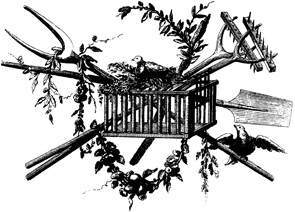

The expression planting seeds has, both metaphorically and literally, a whiff of subversion about it: the phrase suggests the quiet but powerful beginnings of change. As a literal deed, planting seeds and seedlings has sometimes been an act of affirmation; in different ages and in different places it carries slight differences of meaning. You might be planting grasses in the face of encroaching desert, citrus orchards in the face of starvation, or a humble window box in the face of the hegemony of the supermarket chains. It can be a strike back, an act of defiance in the face of a world gone wrong.
Tree planting had these politically charged ingredients from its grassroots beginnings in the early 1980s in Scotland. Not that the likes of pioneers Ron Greer (Loch Garry Tree Group), Alan Drever (Scottish Native Woods Campaign) and Eoin Cox (Woodschool) were the first to plant trees for reasons other than the commercial, since the woodland establishment programme on Rhum had been going since 1957. But maybe they were the first to expressly link the act of tree planting with ambitious socio-political aims. At that particular time there was a sense of outrage, not just at the loss of the natural woodland vegetation throughout most of the land, but the way this had come about and was perpetuated by the wealthy few, largely for sport. The oft-quoted statistic of the time was that only 1 per cent of the land area of Scotland remained as native forest. The act of restoration of woodland and forest to the land appeared to be the perfect instrument of both ecological and political change, one that would bring about both a more equitable economy and a more sustainable land-use system in one fell swoop. The ambition was huge.
This vision has been more or less persistent throughout thirty years of what we may justifiably call the reforestation movement in Scotland, a movement that is coming of age apace in the new century as community groups big and small, along with NGOs and some enlightened privately owned estates, reforest significant areas of open land in uplands and lowlands alike.

